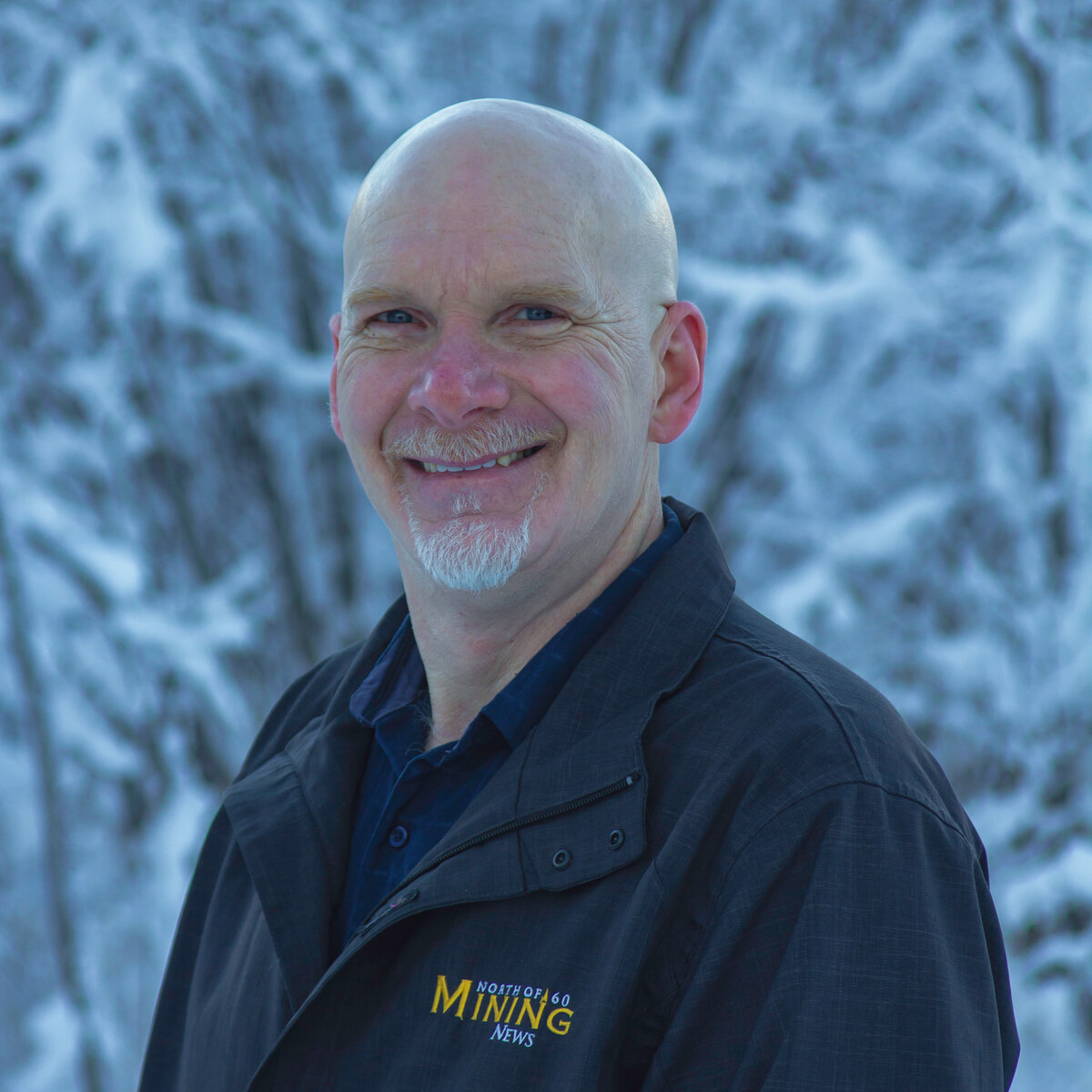Northern Neighbors
Last updated 2/1/2015 at Noon
British Columbia Premier Christy Clark Jan. 26 unveiled C$9 million in new funding to support mining in the province.
Clark said the funds will establish a Major Mines Permitting Office to improve coordination of major mine permits across government, add staff to conduct more inspections and permit reviews, and maintain improved turnaround times for notice of work permits.
The base budget of the ministry will be increased by about C$6 million, including a portion to make current contingency funding permanent.
New permit fees for producing mines in B.C. are expected to raise an additional C$3 million annually.
The premier said the C$10 million mining flow-through share tax credit program has been extended to year's end 2015 to support mining exploration investment.
To further encourage exploration, she also committed to extending the province's new mine allowance to 2020.
The tax credit combines with other mineral tax provisions to support new mines and major expansions by allowing them to deduct 133 percent of their capital costs.
Exploration expenditures in British Columbia for 2014 are estimated to total C$338 million.
In 2013, comparable spending represented more than 21 percent of all mineral exploration in Canada.
This is a substantial increase from 2001 when B. C. accounted for just six percent of the nation's exploration expenditures.
"Up to 10 new mines are expected to proceed in the next few years and this new funding will make sure we are ready to support these projects and ensure the safety of this important industry as it continues to grow," said Premier Clark.
Seabridge Gold Jan. 26 said an independent geotechnical review board will consider the KSM project's tailings management facility and water storage dam with a focus on structural stability and integrity.
The review board is charged with providing independent, expert oversight, opinion and advice to Seabridge on the design, construction, management and closure of the tailings facility and water dam.
Seabridge said this eight-person panel will have unimpeded access to all technical data necessary to enable them to assess the tailings facility and water dam at KSM on an ongoing basis to ensure that these structures meet internationally accepted standards and practices.
Members of the review board include a co-founder of SRK Consulting, an award-winning civil engineer; a principal of Golder Associates; and the director for Québec of the Canadian Dam Association.
Rockhaven Resources Jan. 26 reported a maiden inferred mineral resource estimate of 7.04 million metric tons averaging 4.19 grams per metric ton (948,348 ounces) gold and 96.23 g/t (21.78 million ounces) silver for its Klaza property in southern Yukon Territory.
The resource also includes 144.3 million pounds of zinc, 121.1 million lbs. lead and 14 million lbs. copper.
The estimated 1.31 million-ounce gold-equivalent resource encompasses drill results from the BRX and Klaza zones, two of nine main mineralized structures identified at the Klaza property to date.
Rockhaven CEO Matt Turner says the company plans "to substantially expand the resource this coming year while advancing development-related engineering and metallurgical studies."
Dolly Varden Silver Jan. 23 reported the appointment of former Hecla Mining Co. consultant Rosie Moore as interim president and CEO. Former Dolly Varden President and CEO George Heard has resigned and stepped down from the board.
Moore, who formerly represented Hecla on the Dolly Varden board of directors, has 30 years mining experience.
She has worked as an analyst for a globally invested mining-focused hedge fund and as a mineral exploration geologist.
Moore formerly served as CEO and director of Geoinformatics Exploration Inc., managing its takeover of Rimfire Minerals Corp. to yield Kiska Metals Corp. Hecla can now nominate another representative to the Dolly Varden board.
John King Burns has returned from a leave of absence and will serve as co-chairman of the board with Allan Marter.
Kaminak Gold Corp. Jan. 27 reported results from 21 holes of infill drilling from the Kona deposit and the discovery of a new mineralized zone at the company's Coffee gold project in the Yukon Territory.
The only granite-hosted of four gold deposits considered in a 2014 preliminary economic assessment, Kona contributes roughly 26,000 ounces of recoverable oxide gold at an average diluted grade of 1.22 grams per metric ton gold.
Though contributing relatively few ounces in the current PEA, Kaminak says Kona, together with the recently discovered and high-grade Kona North, represent key resource upside targets at Coffee.
The company says the 1,685 meters drilled at Kona in 2014 confirmed the existing Kona geological interpretation, providing additional confidence in the location, geometry and continuity of the mineralized lodes.
Condemnation drilling at Coffee cut 13.72 meters of 3.24 g/t gold within the buffer zone of the proposed valley-fill heap leach facility about 900 meters south of the Kona deposit.
While follow-up at this new discovery, known as Dolce, is required, it is not expected to impact the proposed location or design of the heap leach facility.
Other notable intercepts from the 4,175-meter condemnation program, included 6.8 g/t gold over 3.5 meters at the northern edge of the proposed west waste dump, interpreted as the western extension of the Sumatra deposit, and 1.08 g/t gold over 13.71 meters at the proposed north dump, interpreted as the northern extension of the Supremo T7 deposit.
Kaminak says this drilling has not materially impacted the location of any infrastructure; however, some design modifications may be required.

















Reader Comments(0)